Trichomes
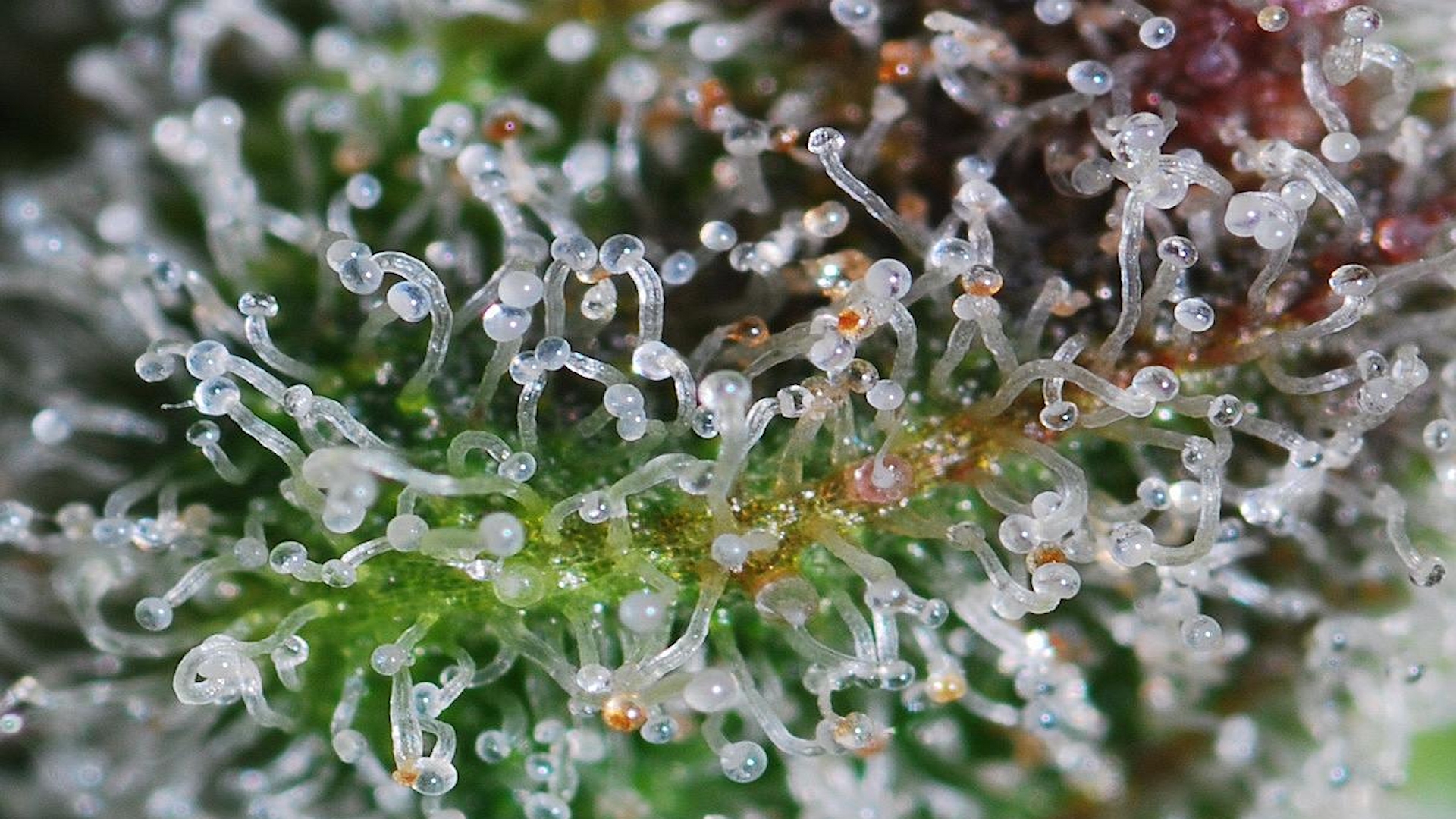
The trichomes aren’t just the sticky resin that glues to your fingers when handling buds, they’re also what contains most of the active medicinal cannabis compounds. They’re the breeding grounds for THC, the active chemical compound that creates the “head-high” you get from consuming cannabis.
Trichomes have attracted a certain fascination among cannabis aficionados. Under a microscope (or magnifying glass) they look like translucent stalks with rounded heads. These resinous, hairlike structures have evolved as a defense mechanism, protecting the plant against insect predators and the effects of UV sunlight. But they’re also so much more.
THC and cannabinoids are manufactured in only one location—the globular head of the trichomes. All of marijuana’s psychoactive and medicinal properties derive from these bulbous glands. So, next time you light up you can thank those sticky-icky trichomes (pictured below) for sending you to the stratosphere with each puff.
Kief
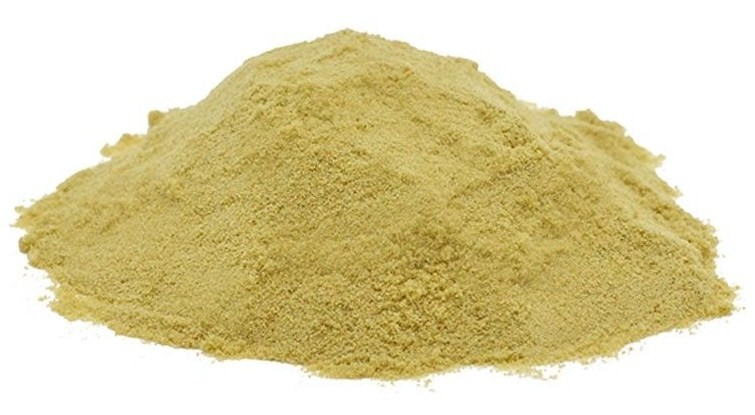
Kief is the easiest cannabis concentrate to make, and therefore one of the most popular. Basically, kief is made by separating trichomes (the crystalline structures that coat the outside of the dried marijuana flowers) from whole-plant material using a weed grinder, to produce a fine, light powder that resembles very granular sand. It isn’t considered the highest quality extract out there, but THC levels can typically be 3 to 4 times more concentrated than in unprocessed cannabis.
To produce the fine kief-powder we’re talking about, you’ll need a capable cannabis grinder. Weed grinders have specially designed teeth (made out of metals or plastic and sometimes wood, but metals are by far the most effective) that work to pulverize cannabis as you rotate the device in a circular motion.
If your goal is to produce & capture as much kief as possible, you’ll need to be sure your grinder has a kief-catcher (a bottom chamber with a metal screen above it, which only allows for the fine particles of kief to fall below it).
If you can’t access a grinder, many users also use blenders and food processors to powderize their stash; this can be a dangerous game to play if your goal is kief accumulation, since the fine sticky particles can stick to the sides of your device and escape capture.
Using Kief
Ok, you’ve collected your first batch of kief, now what? Kief can be sprinkled on joints, in bowls, or on bong hits. However, because kief is so finely powdered it’ll burn differently than regular cannabis.
Joints with pure kief are hard to roll and they can burn incredibly fast. As a result, most kief enthusiasts recommend sprinkling it on traditional weed before rolling a “J” and lighting up.
Kief bowls burn better, but remember you’re smoking concentrated marijuana, so pack your bowl accordingly as a small kief hit can go a long way. It can also be used to make cannabutter and other marijuana edibles. As a general rule, if a recipe calls for 1 cup of cannabis you can probably substitute 1/4 cup of kief and achieve the same dosage levels.
Hash
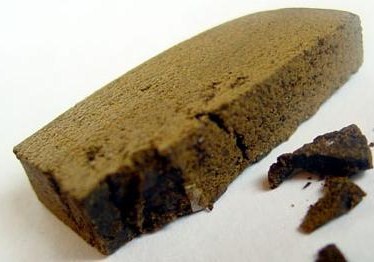
Hash is a potent cannabis extract that’s been used for centuries throughout Asia, the Arab world and India. It was introduced to the West in the 19th century when literary giants like Victor Hugo, Alexandre Dumas, and Charles Baudelaire consumed hashish in Parisian nightclubs.
Hashish is made by separating the resinous trichomes, which contains marijuana’s active ingredients, from the plant material. There are a variety of ways to do this, from dry sifting kief (see above) to the use of liquid solvents. In fact, if you can make kief then you’re only one step away from making a simple form of hash, which can be no as easy as pressing high-quality kief into a block or ball using a pollen press or even your fingers.
Lightly heating the kief while applying pressure is just a slightly more involved process, making for a hash product with a better shelf life. Other methods include using solvents like ice water, butane, or ethanol, which strip further levels of plant material.
However, techniques using flammable solvents can expose hash makers to risks such as fires or explosions. When solvents are used to make hash, then great care needs to be taken during the drying phase so that no mold or bacteria contaminates the hash concentrate.
Ice Water Hash
Making hash using the ice-water solvent method is relatively straightforward, safe, and effective. Basically, the goal is to separate the trichomes from the stalks, buds, and leaves. This is accomplished by adding kief or plant material to ice water, which is then agitated so that the trichomes sink to the bottom while the plant material floats to the top. Various screens and filtration bags are used and the entire process typically takes several days, including drying.
Making ice-water hash is doable, but requires a fair amount of mixing, filtering, and complicated freezing techniques. It’s not beyond the casual user, but many may question whether it’s worth all the effort. In most cases, ordinary users will probably want to avoid hash making methods that utilize flammable solvents as they can pose significant risks.
Butane Hash Oil

As the name implies, butane hash oil (BHO) is a concentrate that uses butane as a solvent to treat the kief, which can produce an extract that exceeds 80 to 90% THC. Experts suggest that BHO concentrates should be lab tested to ensure that excessive levels of butane aren’t present. Since such standardized testing procedures aren’t yet legally required in California, we strongly recommend staying away from concentrates created using BHO extraction. Instead, rely on the next extraction method to produce the safest products for consumption.
Supercritical CO2 Oil
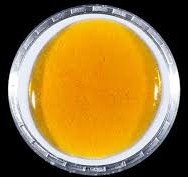
Carbon dioxide (CO2) is a gas that converts to a liquid under pressure. As a result, it’s become a standard solvent for many extraction processes, widely used to treat foods, nutritional supplements, and herbal remedies.
Unlike other solvent options, which may leave heavy metals behind, the CO2 process is natural and produces pure concentrates that are low in toxicity. Plus, it extracts the essential oils without damaging them. To extract concentrates CO2 is pumped into a high-pressure vessel containing cannabis. As James Slatic, CEO of MedWest Distribution explains, “When the solvent (CO2) is pushed through the plant matter at such a high pressure, it can separate the matter precisely, which allows us to isolate only the purest essence.”
According to experts (and our personal recommendation for patients interested in using concentrates), the CO2 method is especially recommended for medical marijuana patients who require a highly pure cannabis concentrate with virtually no toxic residues.
Cannabis Oil Extracts

Cannabis oil is a highly effective and popular way of getting the health benefits of medical marijuana. Typically, a few drops of the oil concentrate are dissolved under the tongue (this delivery system is known as being “sublingual”). This delivery method works because the bioavailability of the essential cannabinoid oils is introduced immediately into the circulatory system, allowing you to feel the effects faster and without any potentially harmful side effects that come with combustion (smoking).
Oils can be topically applied to the skin as well, and prove particularly helpful for patients suffering from joint pain (arthritis), and lesions on the skin.
Here’s a brief look at some of the main cannabis oil product types and what to look for:
CBD Oil:
Contains non-psychoactive CBD, which provides many health benefits, but no THC. CBD has gained popularity for helping treat juvenile patients with epilepsy since it can provide the medical benefits associated with cannabinoids without the intoxicating effects of THC. It’s quickly gaining popularity among new and experienced patients as a pain-reliever and mental relaxant.
You won’t feel like you’re in an altered state (although some patients have reported small effects of this type when consuming high doses of CBD), but you’ll certainly feel like you’ve taken the edge off. If you’re a working professional or just someone with daily stress in your life, try weaving a low-dose CBD product into your daily regimen and see if you notice any improvements in your daily function.
Hemp Oil:
Made from hemp, a close cousin of marijuana, it contains some cannabinoids, but not enough to create any of the medical benefits associated with consuming CBD, and contains absolutely no THC. While it has many essential fatty acids that provide nutritional benefits, it doesn’t provide the therapeutic advantages of medical marijuana.
Rick Simpson Oil:
Perhaps the most famous cannabis extract of all is Rick Simpson Oil, named after the marijuana activist who claims to have cured himself along with thousands of others from cancer by using this marijuana concentrate. It’s important to note that Rick doesn’t sell or produce his oil for public consumption; he merely provides the recipe for making it.
RSO is made from the buds and flowers of the female cannabis plant, so the oil will contain THC, CBD, and cannabinoids. Many imitators and competitors have attempted to capitalize on Simpson’s popularity; as a result, there’s a lot of confusion about these extracts in the marketplace.
Buyers need to carefully investigate the oil extracts they’re considering. The marketplace for these products occupies a legal gray area.
Also, a lack of health and safety standards means that shady operators and mislabeled products are common. However, you can infuse olive oil with cannabis by following a simple homemade recipe; or you can check out Rick Simpson’s own method, which he explains on his website.
Rosin

Rosin concentrates are increasingly popular in the medical marijuana community. Essentially, rosin refers to a sticky resin that you get from adding pressure and heat to cannabis to create small batches of hash oil. You can quickly and easily make your own rosin at home with a hair straightener (set at the lowest heat setting) and a few other household items.
Ingredients:
- Flat iron, heat/rosin press or hair straightener (use the lowest heat setting)
- Non-stick parchment paper
- Scraper to collect rosin (i.e. a razor blade)
Steps:
- Fold quality bud inside a 4” x 8” square of non-stick parchment paper.
- Place the parchment paper with the bud in the jaws of a hair straightener.
- Apply heat at the lowest setting for 4 to 7 seconds.
- Remove the bud from the parchment and collect the resin with the scraping tool.
You can see what the process looks like by checking out this short video. For more tips on making rosin, click here.
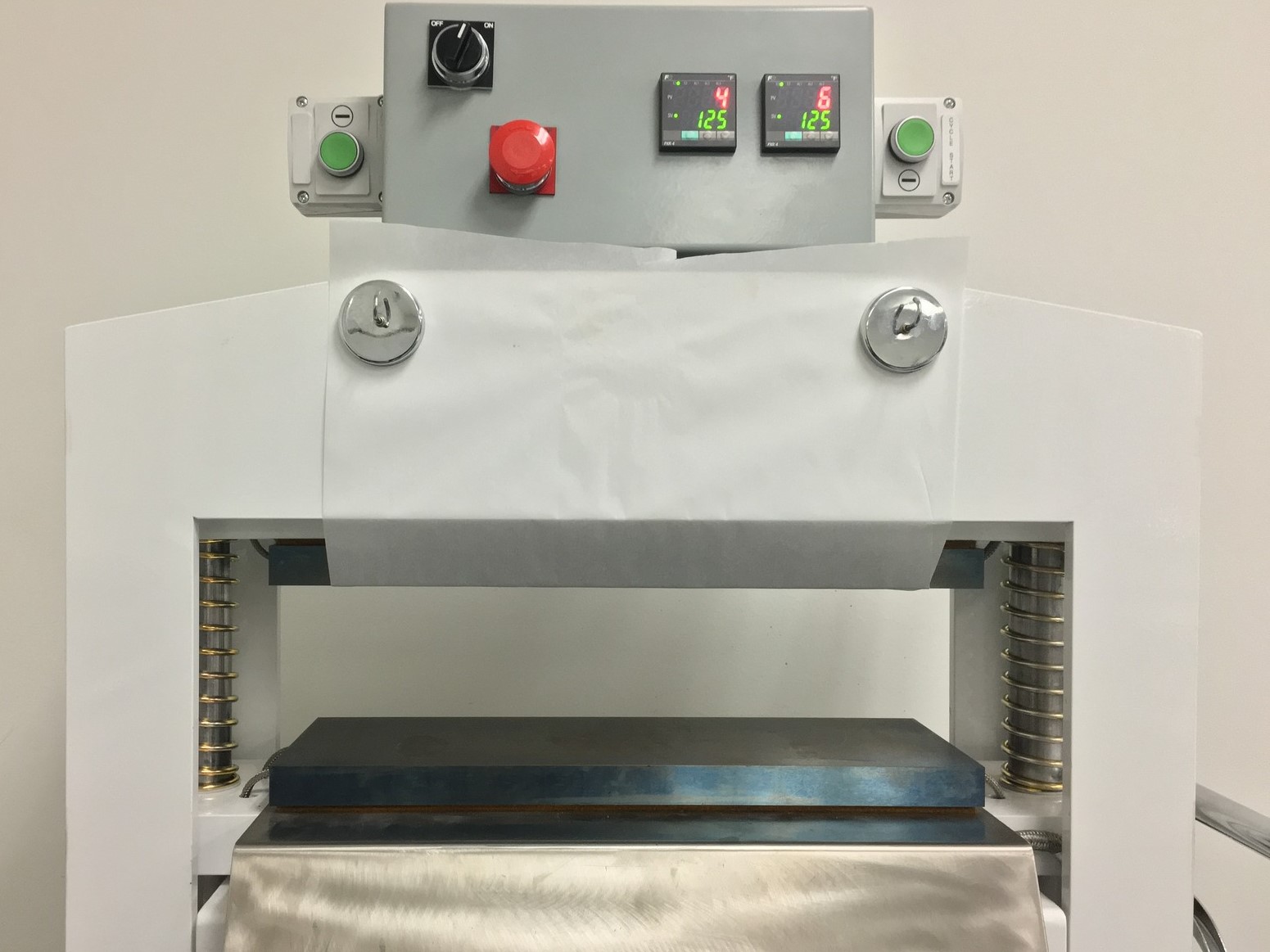
Conclusion
Cannabis concentrates can offer medical marijuana patients distinct advantages: discreteness, reliable dosing, and quick absorption are just a few of the pluses extracts offer. They’re an ideal option especially for patients who require high doses for instant pain relief. However, extracts can deliver effects that are too potent for some users. As always, it’s important to discuss cannabis concentrate options with a licensed physician.

Nugg is the "GrubHub for marijuana." Our site lets medical marijuana patients order online from dispensaries that deliver to them. Signup with the code BLOG20 for a $20 credit on your first order!
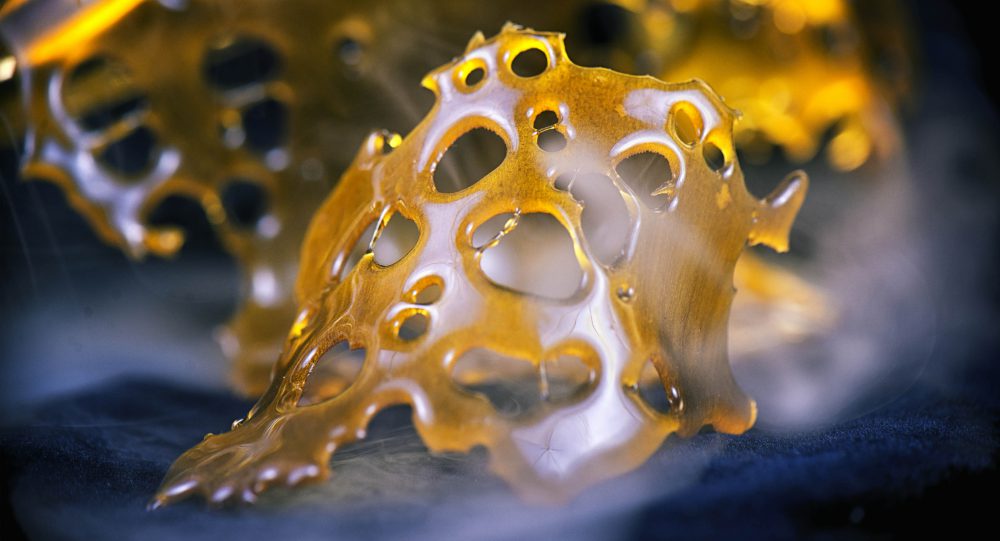










10 Comments
Liza
Thanks for posting this. It was really interesting and I learned a lot.
Kathy Fortenberry
Is the leftover plant material good for anything after the resins have been removed? If yes, what can I do with it? It does not have any stickiness left but it still smells great!
Ganjagrams
This is absolutely informative blog on marijuana products before i purchase my marijuana online. Impressive!!
Ganjagrams
I just made some rosin with your technique it was amazing, had amazing flavor.
Sandra Reuben
CANNABIS OIL CURED MY HUSBAND STOMACH CANCER
My husband Reuben has been suffering from stomach cancer which was confirmed to be stage 4 and the doctor told me there was little she could do since he was not responding to treatment after many rounds of chemotherapy. We were helpless and in pain. I cannot watch my husband die.I started researching for alternative natural treatment and a friend in America told me about the cannabis oil and how it cured her father in law lung cancer. I was inform to contact Medicinal Marijuana Resources through email info@medicinalmarijuanaresources.com to get the cannabis oil. I obtain the cannabis oil and my husband started using it for treatment as directed. It was easy to dose and it worked effectively. My husband stomach cancer and pain was gone and we were surprised. We went for MRI scan to be sure and it was proven by the doctor that there is no cancer cells and my husband is very healthy and free from cancer. I felt its necessary I let others who are suffering from this acute disease that once you have a cannabis oil it can give a second chance of living.
High Country Healing
It is amazing and wonderful to visit your blog. It really gives best info about marijuana products. Thanks you for posting an informative blog.
Paul
Very good read, took me a while to go through but it was worth it. Such an interesting topic of making cannabis extracts.
Stephne
Very informative blog to make Cannabis Extracts. Thanks for sharing.
JULIA
Very helpful for making cannabis extracts.Thanks for the information.
Malobi
Interesting article to make Cannabis extracts. I learned a lot. Thanks for sharing.